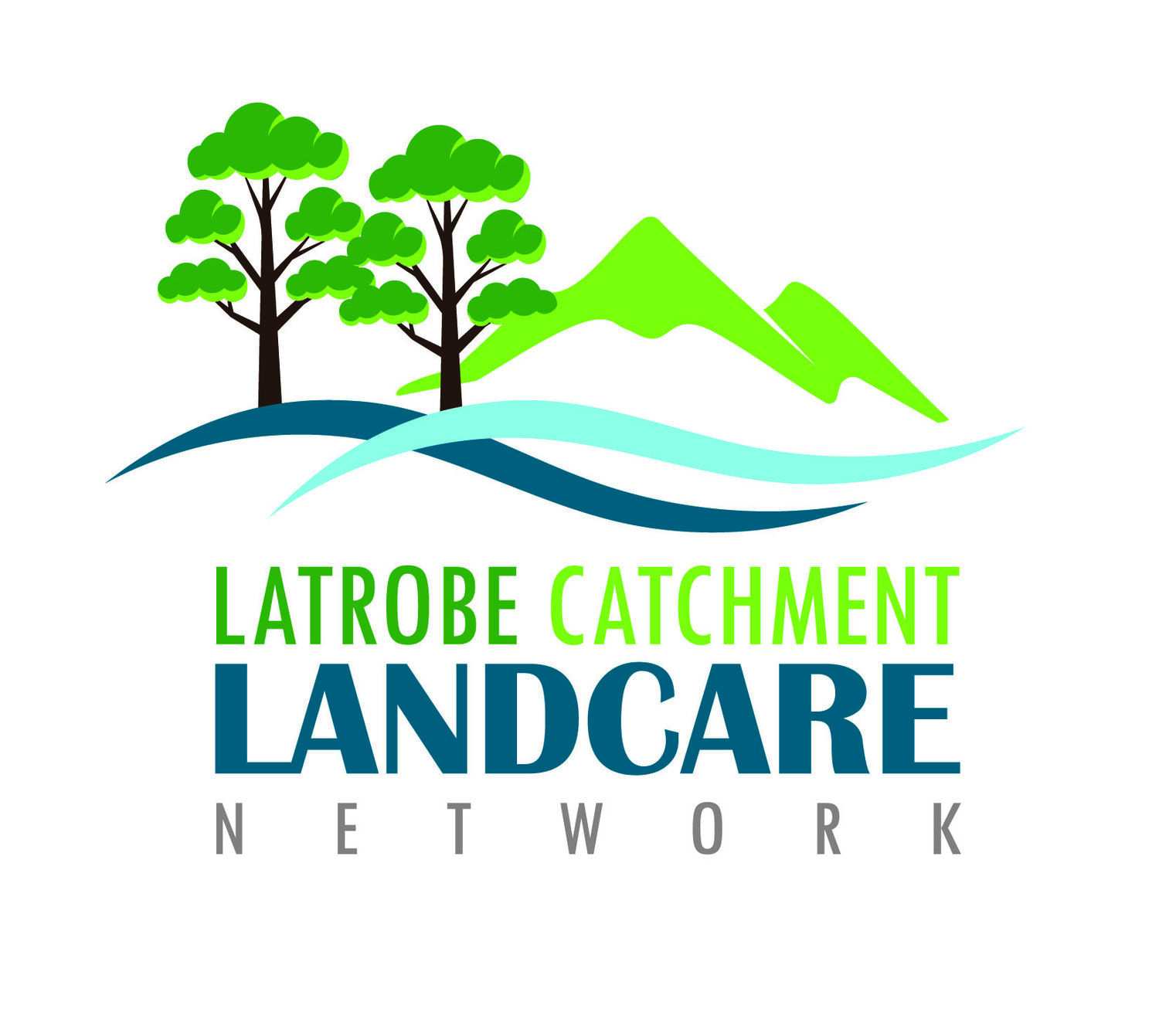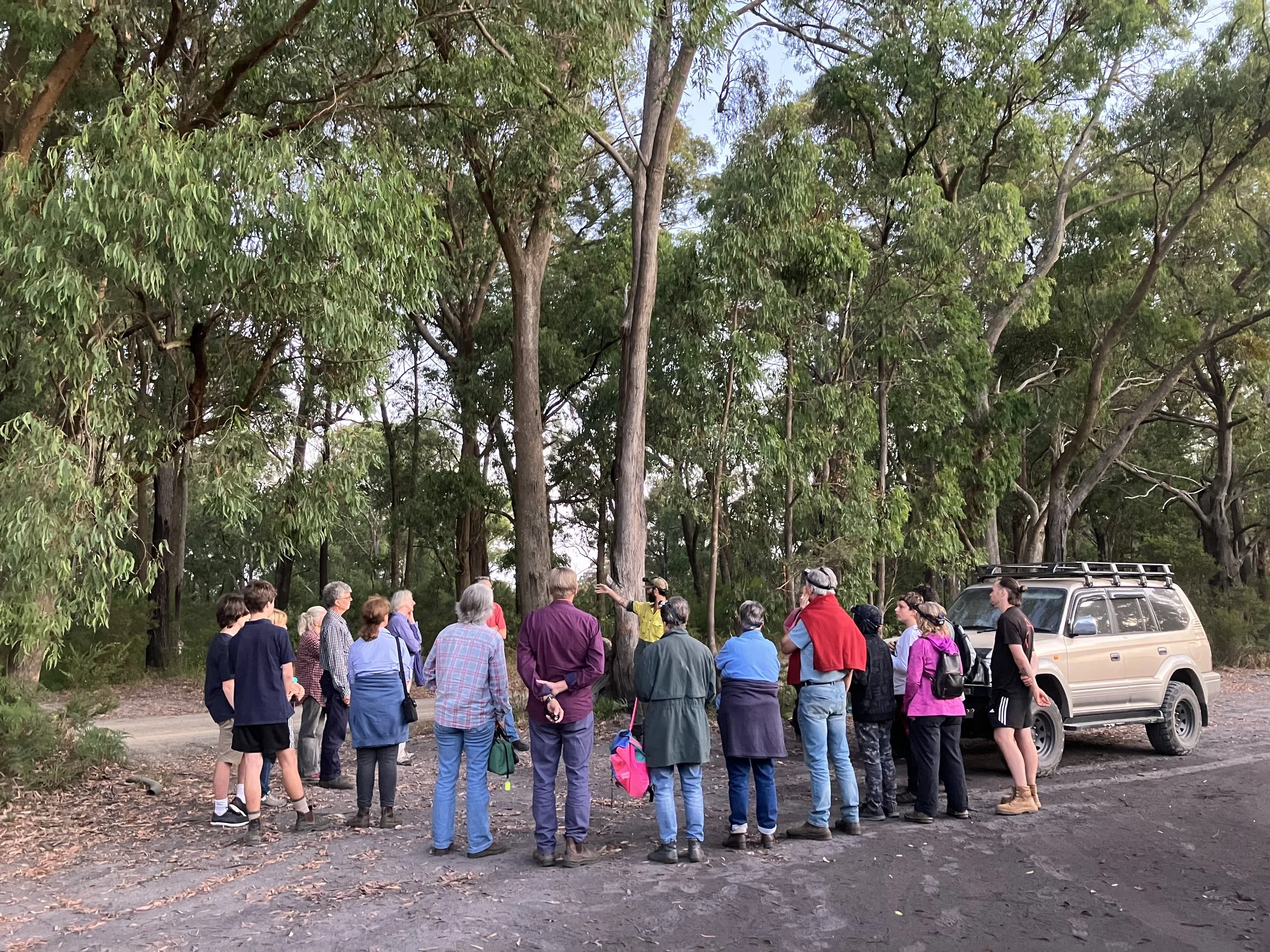
Greater Gliders
Greater Glider Video
This video gives an overview of the Greater Glider Project, who is involved, why Greater Gliders are important and some of the research that has been happening with Federation University around the genetics of the species. A massive thank you to all the contributors and supporters as well as Scott Ronalds and his team at SV Media for producing this video.
Latrobe Catchment Landcare Network alongside partners Fed Uni, Latrobe City Council, Procon Pest Control and Greening Australia are working to help preserve Greater Glider populations in the Boolarra region
Greater Gliders are Australia’s largest gliding mammal. Listed as ‘vulnerable’ nationally and as ‘threatened’ in Victoria, there are many threats to their survival, most notably the lack of continuous suitable habitat within their known areas of occupancy, and the lack of tree hollows. The 2019/2020 fire season resulted in a mass reduction and loss of viable habitat for Greater Glider populations in Victoria.
Up until early 2018, historic records of Greater Glider populations within the Victorian Biodiversity Atlas were low. However since 2018, Greening Australia have added 118 Greater Glider records within the Boolarra South area, and these records now represent some of the highest densities of Greater Gliders known in Victoria.
This project started by surveying the local colony to better understand the population size, range and family groups. It is being undertaken as part of the larger Strzelecki-Alpine Biolink project, which seeks to protect and enhance important habitat corridors extending from the Strzelecki Ranges in the south to the Baw Baw and Alpine Ranges in the north. It will inform planned re-vegetation of corridors and waterways of private land holdings adjoining the 350 hectare study area and future planning scheme protections. The survey was completed by Federation University with support from Greening Australia, Landcare and Latrobe City Council, who assisted with the coordination of a range of citizen science and school-based programs.
The project saw the installation of up to 25 next boxes with wireless, motion-triggered camera surveillance. As part of the ‘Citizen Science’ approach, it was intended that selected schools would be able to log in and access the camera footage, making involvement quick, easy and convenient. Unfortunately, due to the remote locations of the nesting boxes, only a few transmissions made it through. Ongoing maintenance and relocations of these cameras proved to be too costly. Camera’s have now been removed and we are encouraging local community members, TAFE Gippsland student and nature lovers alike to provide us with information about sightings.
Creating space for local students and community groups to learn about the Greater Glider will develop a ‘living with wildlife’ approach and encourage positive attitudes towards biodiversity conservation.
This project was kindly funded by the Department of Environment, Land, Water and Planning’s 2021 Community Volunteer Action Grants - Stream 2 Biodiversity On-ground Action and Stewardship.
If you would like to know more about how you can be involved in ongoing Greater Glider monitoring, please get in touch:
Caroline Hammond
Network Facilitator/Project Officer
E: caroline.hammond@latrobe.vic.gov.au
P: 0472 503 088
Updates from the project…














